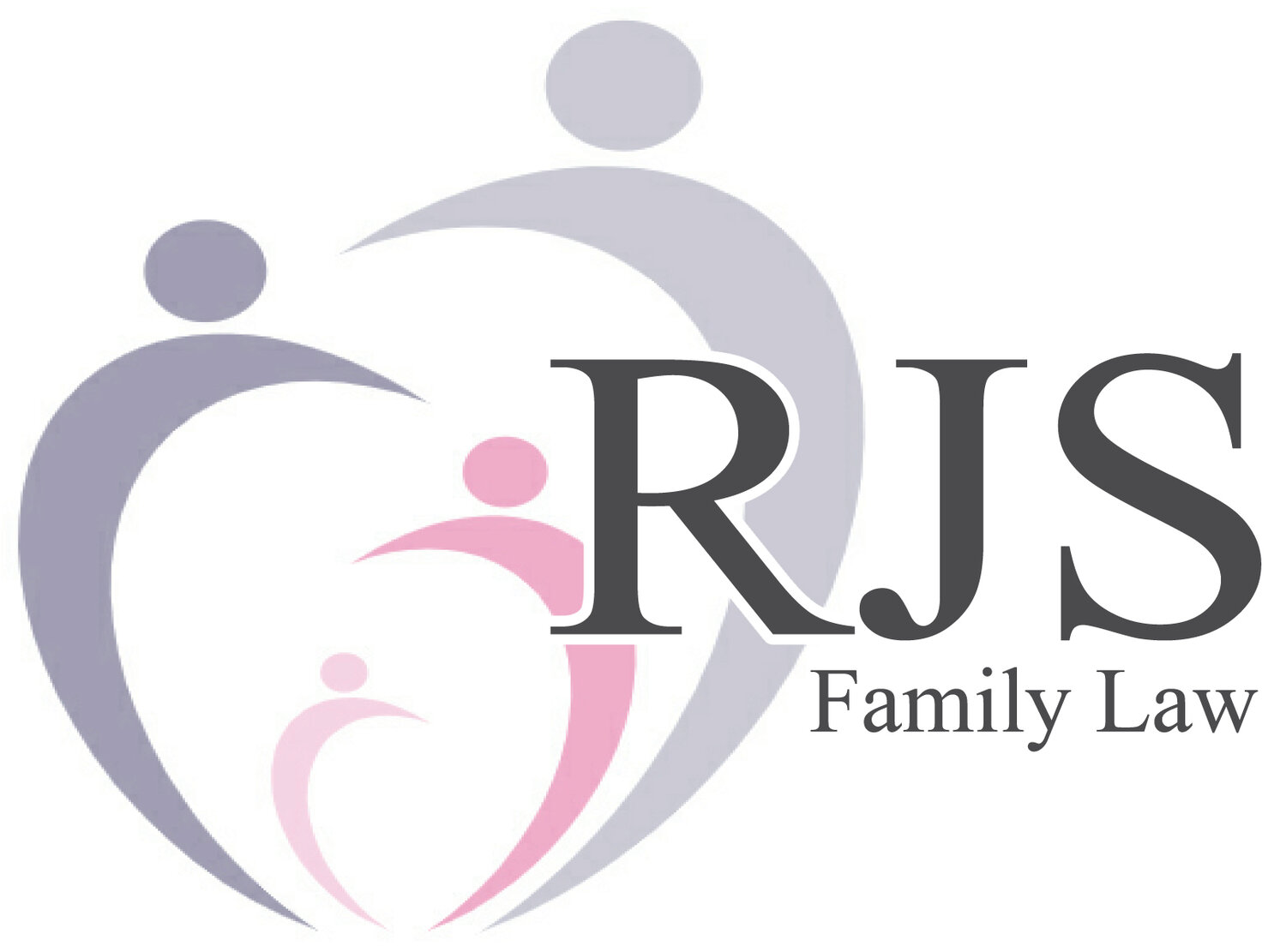No Fault Divorce: The Process Explained
The introduction of the no-fault divorce law in England and Wales marks a significant change in how divorces are processed, aiming to reduce conflict and simplify the procedure for couples seeking to end their marriage. Here at RJS Family Law, we are committed to helping you understand these changes and how they may affect your unique situation.
What is No-Fault Divorce?
From April 2022, the Divorce, Dissolution and Separation Act 2020 allows couples in England and Wales to divorce without having to assign blame or prove fault. Previously, one party had to establish one of five facts, for example adultery or unreasonable behaviour, to demonstrate that the marriage had ‘irretrievably broken down’. The new law removes this requirement, allowing for a less contentious process between couples.
Key Features of No-Fault Divorce
1. Sole Ground for Divorce: The only requirement is a statement of ‘irretrievable breakdown of the marriage’. This can be made by one or both
parties, dependent on how amicable parties are.
2. Sole or Joint Applications: Couples can now also apply for divorce jointly, rather than just solely, reflecting a mutual decision to end the marriage.
3. Minimum Time Frame: There is a mandatory 20-week period from the start of proceedings to the application for a Conditional Order (previously known as
a Decree Nisi). This period allows for reflection and the opportunity to agree on future arrangements, as well as sort out the Finances on Divorce – which
is very important!
4. No Contesting: The ability to contest a divorce has been removed, except on limited grounds such as jurisdiction.
5. Simplified Terms: The law has introduced more modern language, replacing terms like ‘Decree Nisi’ with ‘Conditional Order’ and ‘Decree Absolute’ with
‘Final Order’.
Overview: The Divorce Process
Prepare the Divorce Application: Submit a (sole or joint) divorce application online or via a paper form, citing the statement of irretrievable breakdown of the marriage.
Acknowledgement of Service: The other party receives the application and has 14 days to respond.
Reflection Period: A 20-week period allows for reflection and agreement on arrangements.
Conditional Order: After the reflection period, apply for a Conditional Order.
Final Order: After a further 6-week period, apply for the Final Order to legally end the marriage.
Contact Us
For any queries related to how our team at RJS Family Law can assist with navigating the divorce process and sorting out finances on divorce, please contact
us through our website, where you can also book a free consultation.
Author: Millie Grundy
Millie is a newly qualified family solicitor who has recently joined the RJS team, where she heads up our new office located in Bridgnorth, Shropshire. Millie is dedicated to providing compassionate and effective legal support to clients navigating the complexities of family law.

